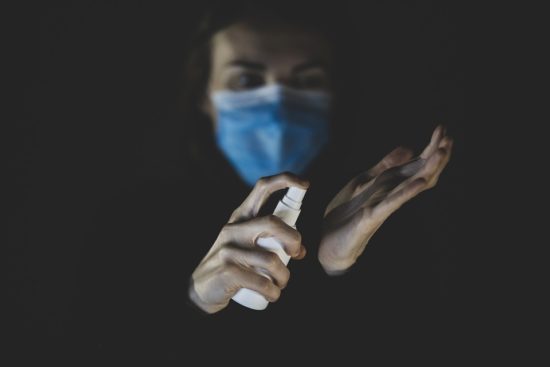Disinfection spreads antimicrobial resistance
Disinfectants facilitate the bacterial acquisition of AMR, potentially the biggest global health challenge next to the COVID-19 pandemic. For example, antiseptic ingredients quaternary ammonium compounds, triclosan, chlorhexidine, and ethanol; chlorine-based disinfectants; and disinfection by-products can promote the spread of AMR through mutation or horizontal gene transfer. Thus, current increases in disinfection practices may pose an environmental and public health risk by accelerating the spread of AMR.
AMR NEWS
Your Biweekly Source for Global AMR Insights!
Stay informed with the essential newsletter that brings together all the latest One Health news on antimicrobial resistance. Delivered straight to your inbox every two weeks, AMR NEWS provides a curated selection of international insights, key publications, and the latest updates in the fight against AMR.
Don’t miss out on staying ahead in the global AMR movement—subscribe now!







